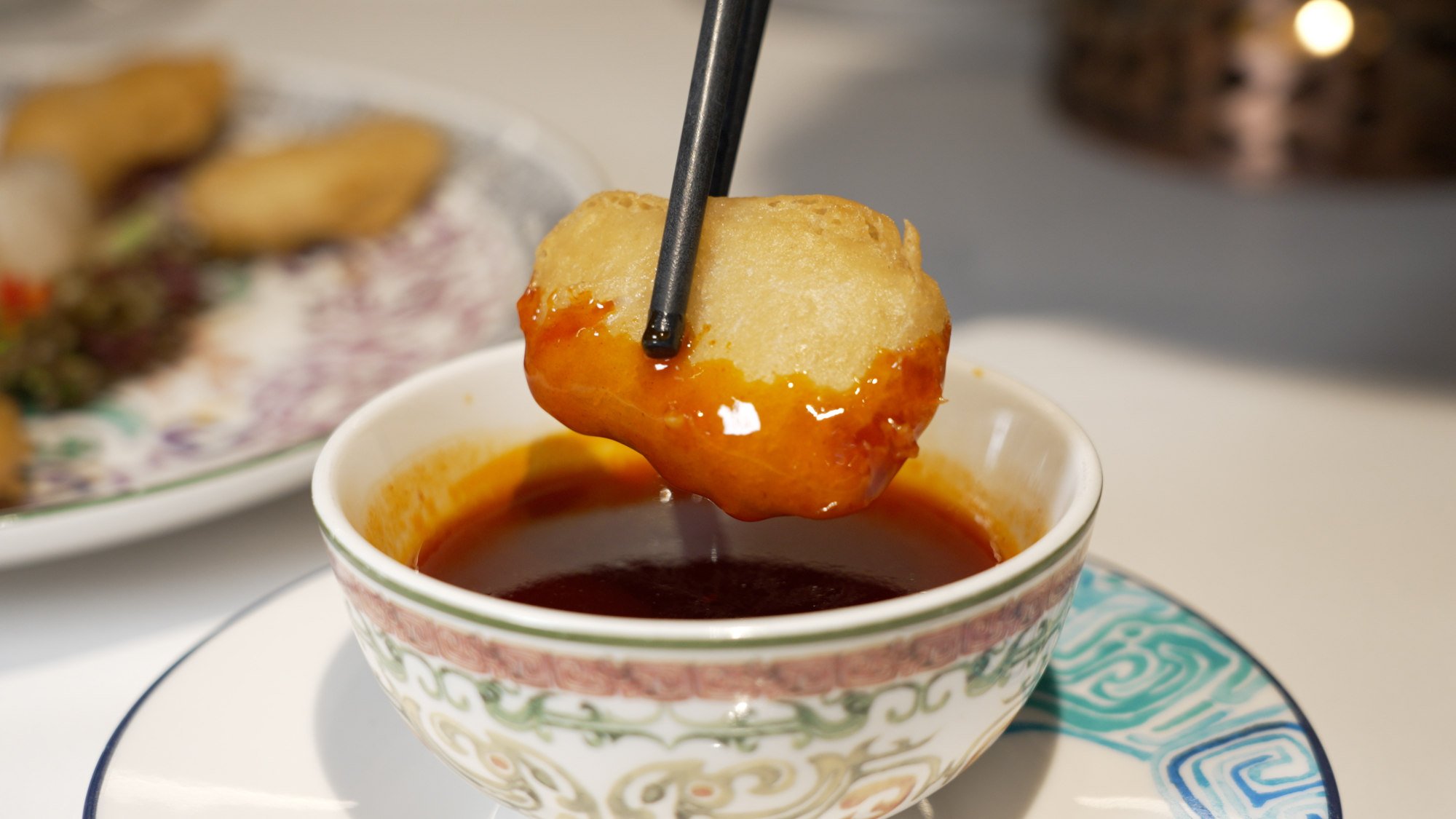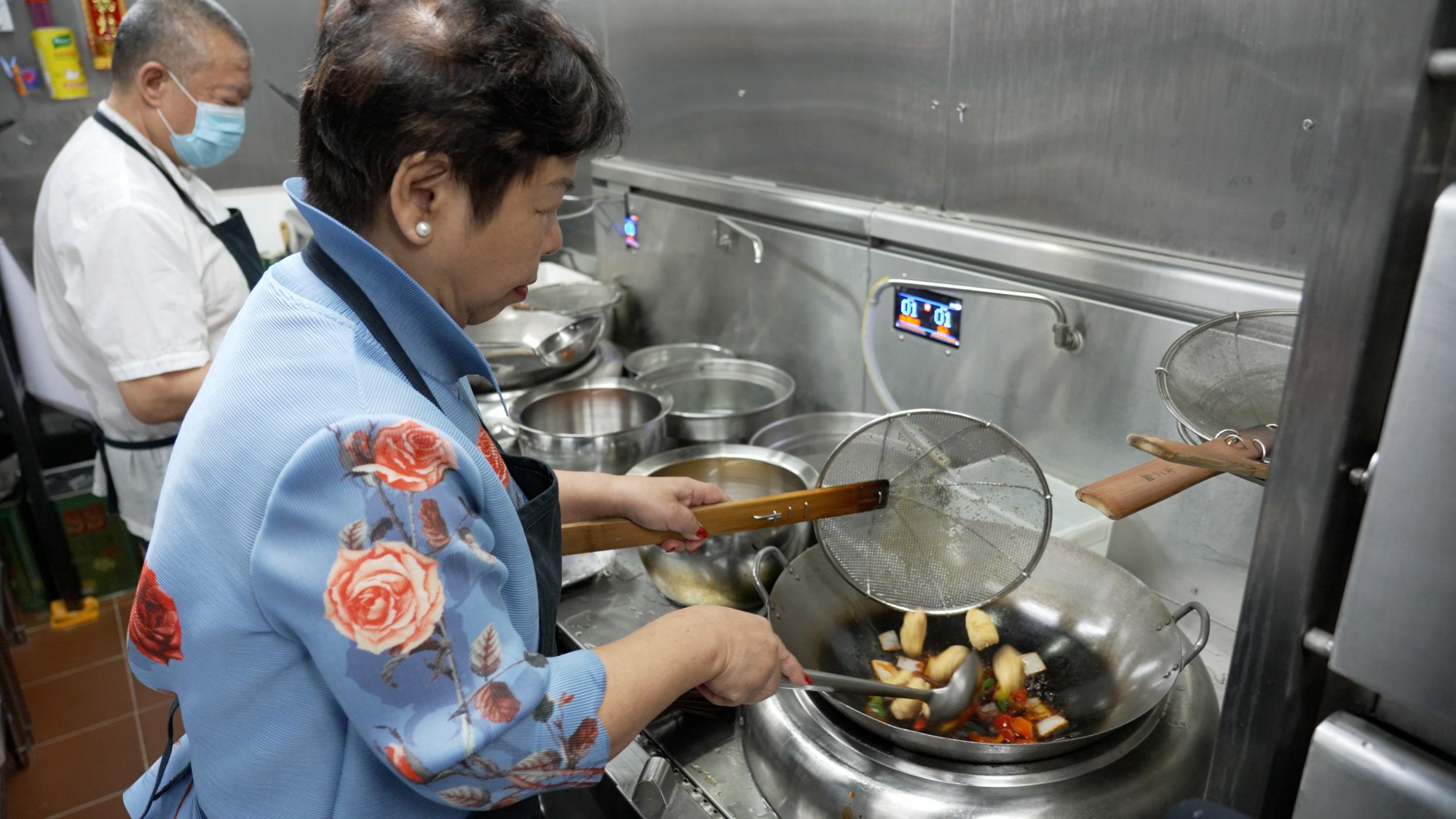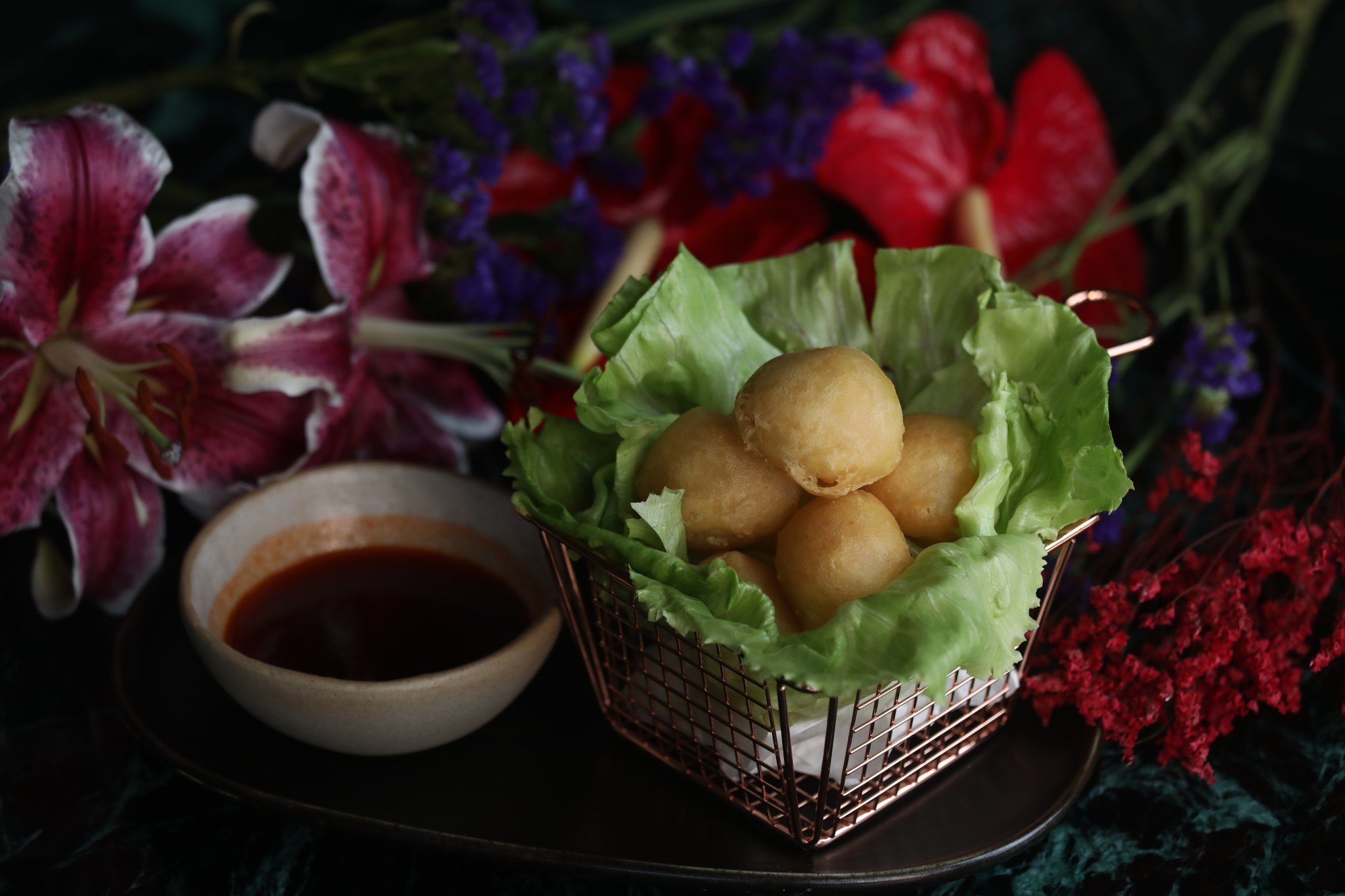
How Chinese sweet and sour pork evolved via British takeaways to become a dish ‘everyone just likes’, and the Hong Kong chefs serving twists on the dish
- Adored everywhere, sweet and sour pork has its origins in imperial Shanghai, from where it spread to Cantonese cuisine and eventually the UK
- Hong Kong chefs chart the dish’s history and reveal how the availability of ingredients and diners’ preferences have influenced the versions they cook today
Sweet and sour pork is the most entry-level of Chinese dishes. Few people, young or old, can resist the combination of deep-fried cuts of meat cloaked with that enticingly tangy sauce.
The origins of this dish, however, are a bit murky because there are several lines of evolution. But one thing is for sure and that is that the dish originated in China, took a journey around the world and came back to Hong Kong stronger than ever.
“It actually evolved from a dish made with spare ribs braised in sugar and vinegar. It was a Shanghainese dish that used to be served to the emperor. Later, it spread across the country and became a part of Cantonese cuisine,” explains Jacky Chung Chi-keung, executive chef of Yue in Tung Chung, Lantau.
“In the 60s or even earlier, Western people learned about this dish. Westerners thought it was not well-mannered to spit out bones, so the chefs used pork shoulder instead.”

“Back in the day, the standard of living was not very high,” Cheng recalls. “I remember when my mum made sweet and sour pork for the family, she would only use pork fat.
“She covered it in batter and deep-fried it, and it would look like [the version served in my restaurant]. We usually ate only very simple food, so I was always excited about this dish – fragrant, crispy and served with sweet and sour sauce.”
Such varied versions of the dish meant it could be enjoyed by all levels of society.
While expatriates, merchants and upper- and middle-class travellers who frequented Hong Kong would eat meatier versions, lower-class families such as chef Cheng’s could afford only the more unhealthy cuts of meat.
“Pork fat was a lot cheaper than lean meat when I was growing up,” he says.


The ingredients for sweet and sour sauce, however – namely sugar and vinegar – were something that both rich and poor could afford.
“The spare ribs of the original recipe were braised in sugar and vinegar sauce,” says Chung. “But nowadays, the ingredients that create the acidity are different, because there are many types of vinegar. For the ribs, I use traditional Zhenjiang black vinegar and Italian balsamic vinegar.”

“At that time, it was much easier to make a living [in Britain] compared with Hong Kong,” says Ho. “I found a job in a restaurant two weeks after I moved there. I was responsible for most entry-level chores, like peeling potatoes. But I was also keen on learning how to cook.”
Two years later, Ho’s first daughter was born. Unable to care for her child while working as a kitchen hand, she decided to open her own business.
“I bought a fish and chip shop and added Chinese food to the menu. The business did well, so I opened a second restaurant.”

Unable to source authentic Chinese ingredients, the chefs often had to think on their feet and recreate dishes that were as true to the original flavours as possible.
The sweet and sour sauce that Ho learned to make in Britain is made with fruit, ketchup and tomato purée instead of Chinese vinegar.
She uses chicken, which she shapes into balls, and the sauce is served on the side as a dip instead of being stir-fried with the meat.

“Diners in the UK love deep-fried food and strong flavours, so we made our sweet and sour dish with a thicker batter, so it is crispier.”
As Hong Kong’s economy picked up in the late 70s and 80s the Hong Kong diaspora also changed, with the arrival of more international students, and sweet and sour pork, or gu lou yuk, started to appear on more menus.

“When I started working in restaurants in the 80s, gu lou yuk was already on the menu,” recalls Chung, who has also tweaked his recipe for the sauce. “I use rice vinegar, sour plums, hawthorn berries and ketchup.”
The name of the dish has also changed. When the preferred Chinese cut of pork spare ribs was changed to the all-meat pork shoulder, the dish was referred to in a derogatory way as gweilo yuk, literally “white man meat”.
Hong Kong has some top-notch sweet and sour pork dishes
To make the name more politically correct and to reflect that this new recipe was adored by Chinese and Westerners alike, it was eventually put on the menu as gu lou yuk.
Cheng’s version has its origins in one of Hong Kong’s tycoon families.
“I worked for decades as a private chef for tycoons, mainly [Peter Lam Kin-ngok’s] family and the bosses of listed companies on the Far East Exchange,” recalls Cheng. “They had very high standards when it came to food.
‘Enriched the culinary scene’: Hong Kong migration to UK spices up the food
“One night, the son of a boss came home and had a sudden craving for sweet and sour pork. But I only had a block of frozen pork. I didn’t have time to thaw it out and cook the normal, ball-shaped version. So I had to cut the meat into very thin slices.
“My boss picked up a slice and said, ‘Look at this, your sweet and sour pork looks nothing like everyone else’s.’
“His next line was the most important. He said, ‘And this is better.’ So now I have introduced this dish in my restaurant.”

The Demon Celebrity’s version is more fragrant and crispier because there is a larger surface area coated by the sauce. “It’s not just that,” Cheng clarifies. “We use only what we call ‘the first cut’ of pork shoulder for this dish.
Vancouver’s Chinese food scene gets ‘new perspective’ in old-school setting
Ho and daughter Suzanna’s version has brought a taste of British cuisine back to Hong Kong.
“While Hong Kong has some top-notch sweet and sour pork dishes, a lot of our clients have nostalgia for our chicken ball version,” says Suzanna. “I don’t think one is better than the other, everybody just likes this dish.”


